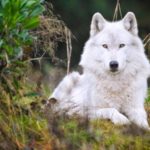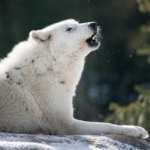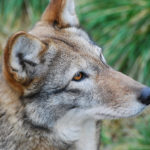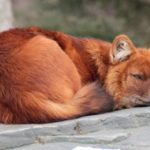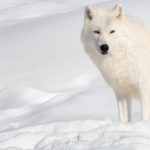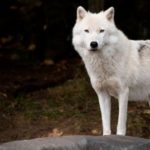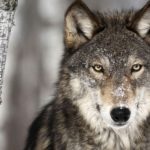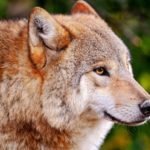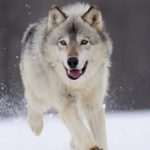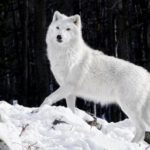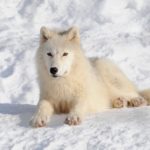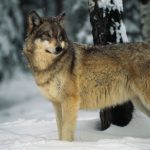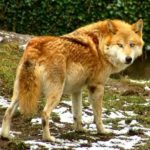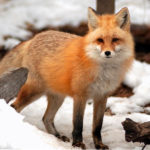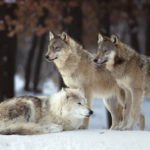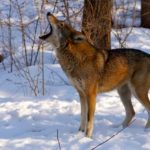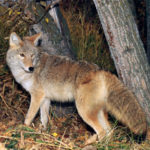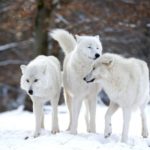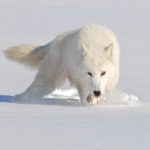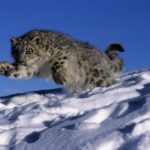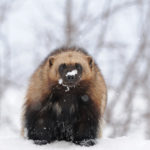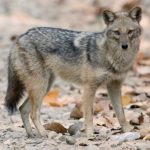Wolves – information
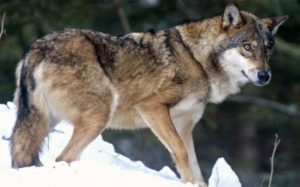 Wolves build their den in holes, more often dug themselves; Less often – occupy the burrows of other animals. In the hole, wolves spend most of the day, leaving it only with the onset of twilight. They hunt mainly at night. In each hole only one pair of wolves live, and they gather in a pack, using an unsurpassed means of communication – howl.
Wolves build their den in holes, more often dug themselves; Less often – occupy the burrows of other animals. In the hole, wolves spend most of the day, leaving it only with the onset of twilight. They hunt mainly at night. In each hole only one pair of wolves live, and they gather in a pack, using an unsurpassed means of communication – howl.
The wolf howl is not just a voice, it is a message in the truest sense of the word, in which certain signals are ciphered. The howling can be in the mating season; He can be a caller when the leader gathers the pack for hunting; Can be reciprocated when members of the pack respond to the call; Howling can be dying in agonizing animals and, finally, howling can be just entertainment. Yes, wolves often howl for no apparent reason, just for the soul.
Each beast has its own unique timbre of voice, according to which the wolves determine the location and condition of the flock members. Wolves listen with pleasure to sounds similar to howling, and this feature was again used by man. To hunt for wolves often use a decoy – a special horn, reminiscent of a wolf’s voice. The wolves respond to the sound of the wolf and give their location in the forest. Once the wolf pack responded even to the sound of … the locomotive!
The basis of feeding wolves are medium sized ungulates – roe deer, deer, fallow deer, mountain goats and sheep, wild boars. In winter, unfavorable for ungulates, wolves can defeat even larger animals – elk, bison, bison, musk ox. And vice versa, when fodder is fed, wolves catch smaller animals – rabbits, ground squirrels, marmots, lemmings, voles. Occasionally, wolves pick up fish that are sloppy, mollusks, eat grass and berries. In hunting, a wolf is helped by an acute nose, good hearing, fast feet and support of fellow men. Their prey is taken by wolves, exhausting the victim with prolonged persecution. In running, the wolf can reach speeds of up to 60 km / h, the paws of wolves are wider than those of domestic dogs, which allows them to move quickly through deep snow.
During the hunt, the members of the pack share duties, some wolves drive prey, others slaughter it, if the victim has succumbed (occupied the circular defense), the wolves surround her with a dense ring and try to wear out alternately attacking from different directions. The wolf’s bite is very deep, small animals (sheep, for example) wolf bites the throat from one time. A wolf can also carry a carcase of a non-large animal, but usually the victim is eaten immediately. Since the percentage of successful hunting is small, wolves are trying to nestle in reserve. At a time the wolf can absorb up to 10 kg of meat, the remaining pieces of carcass hide in secluded places.
